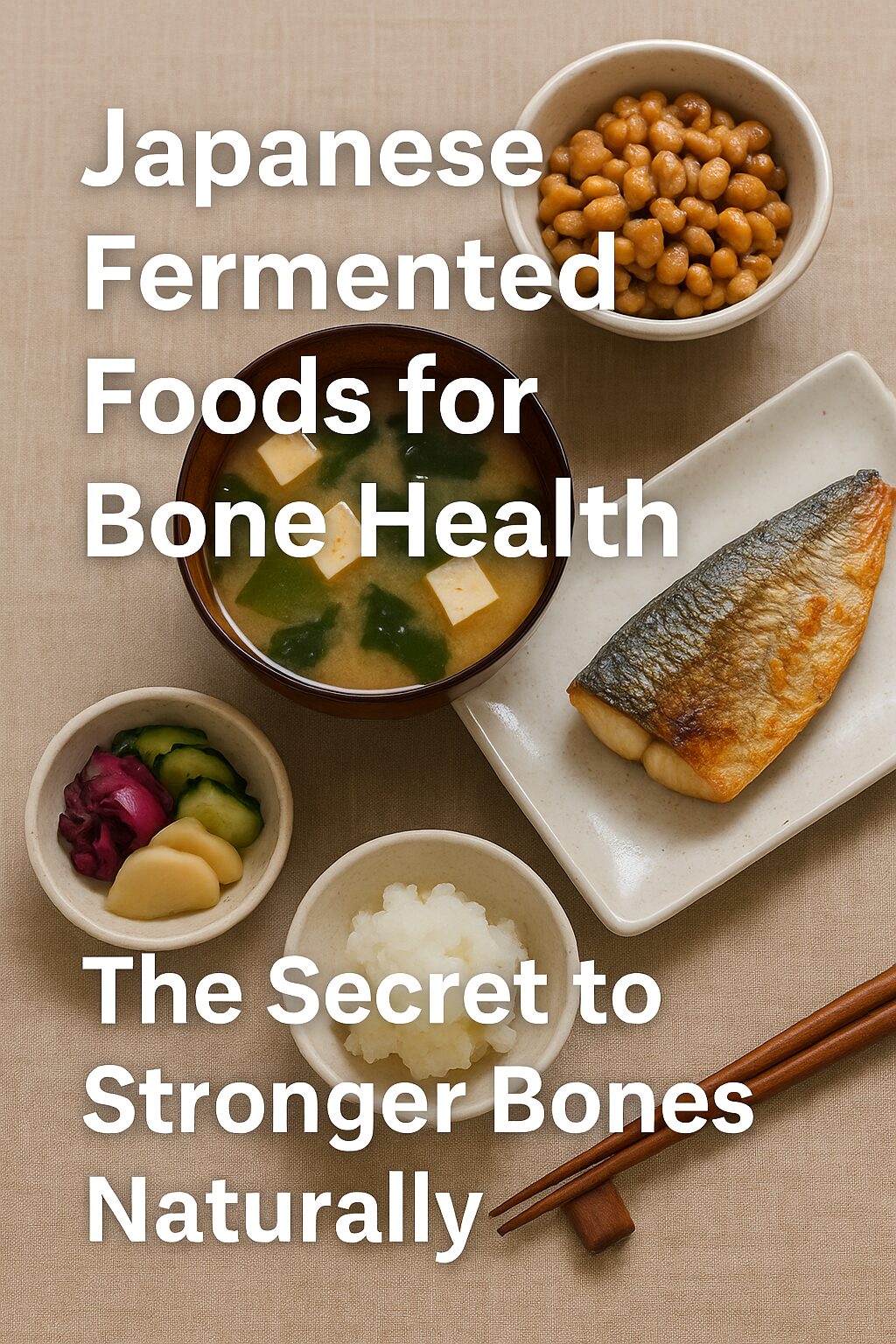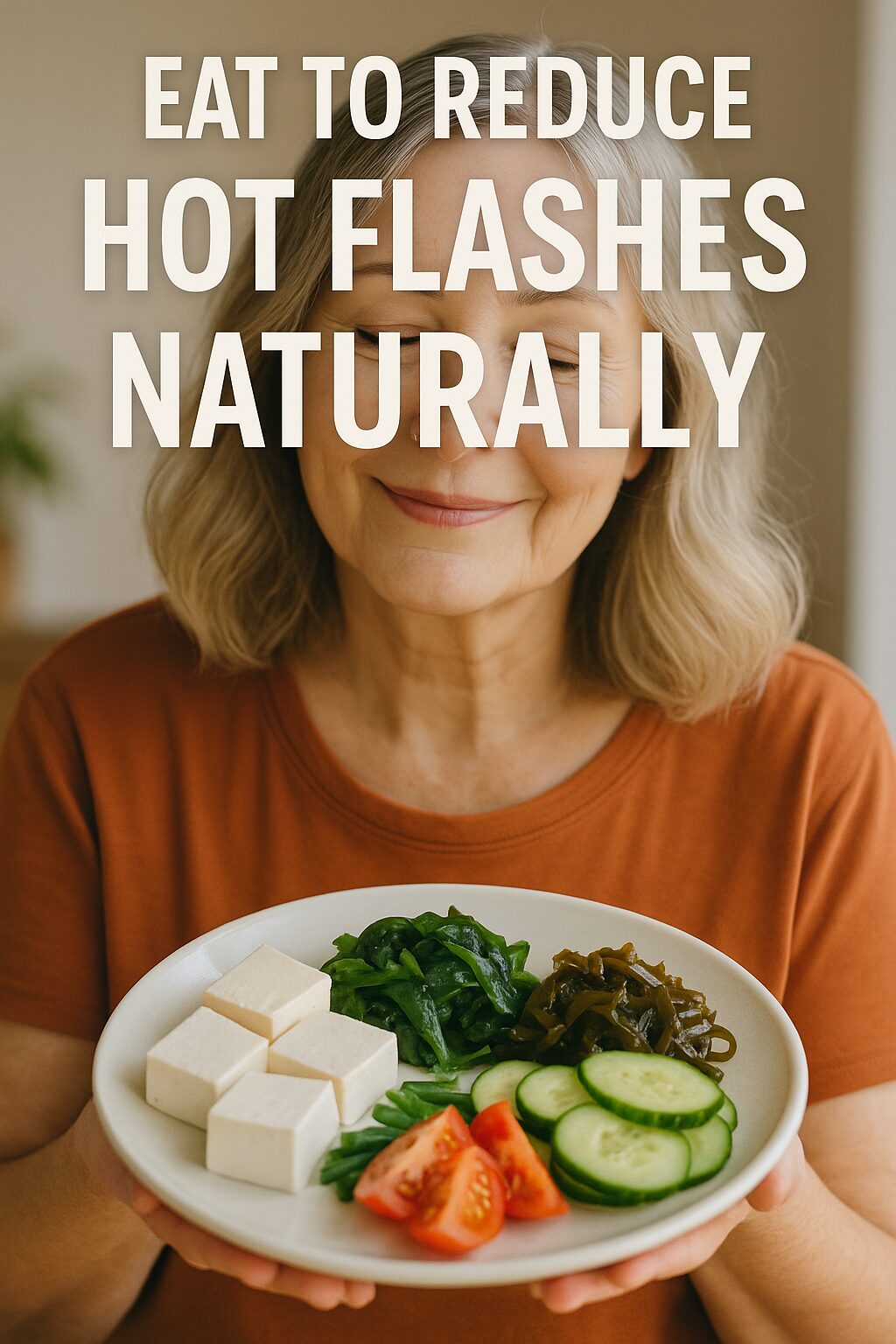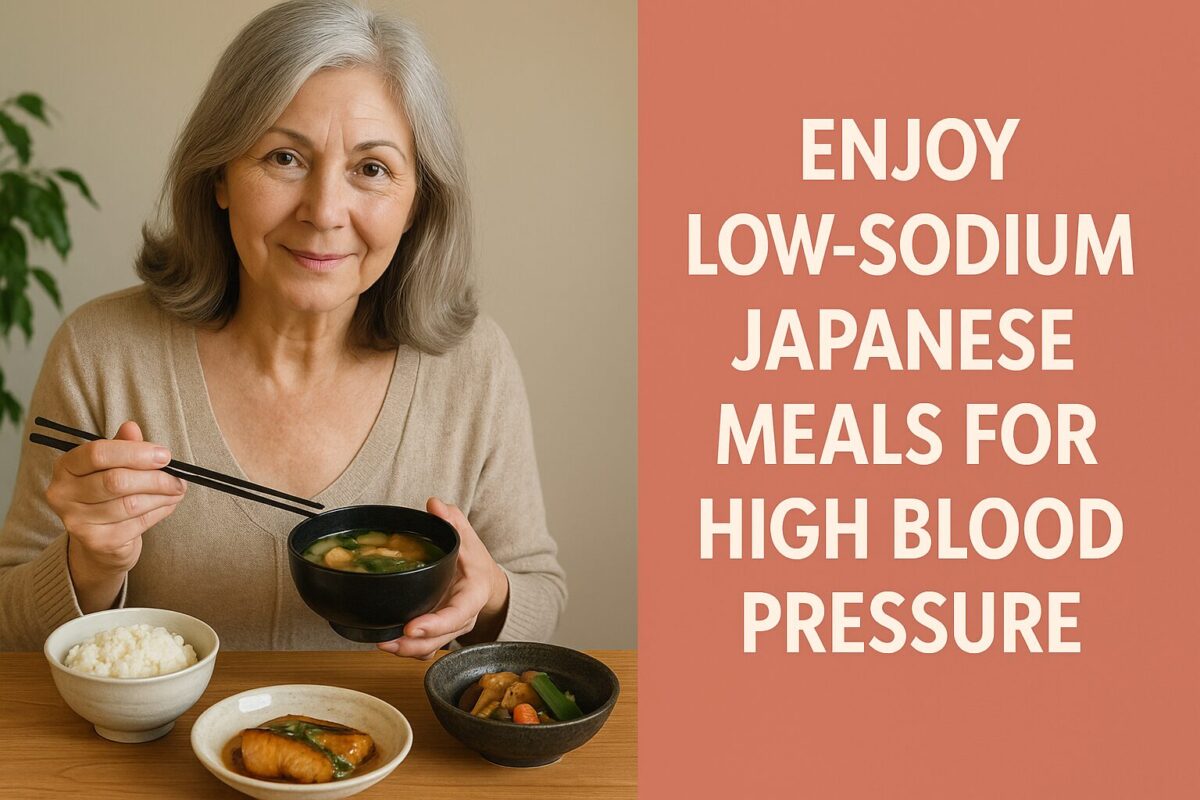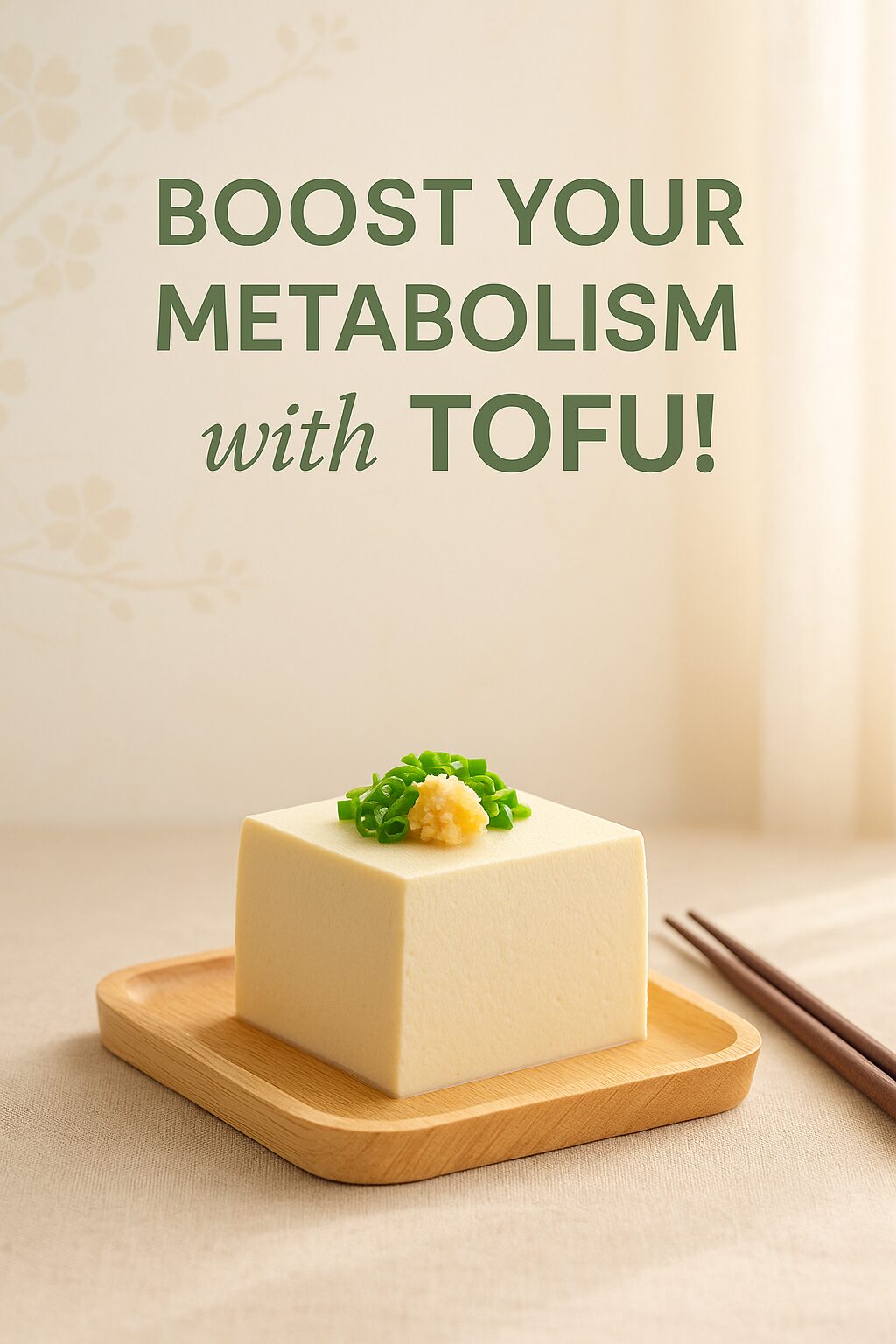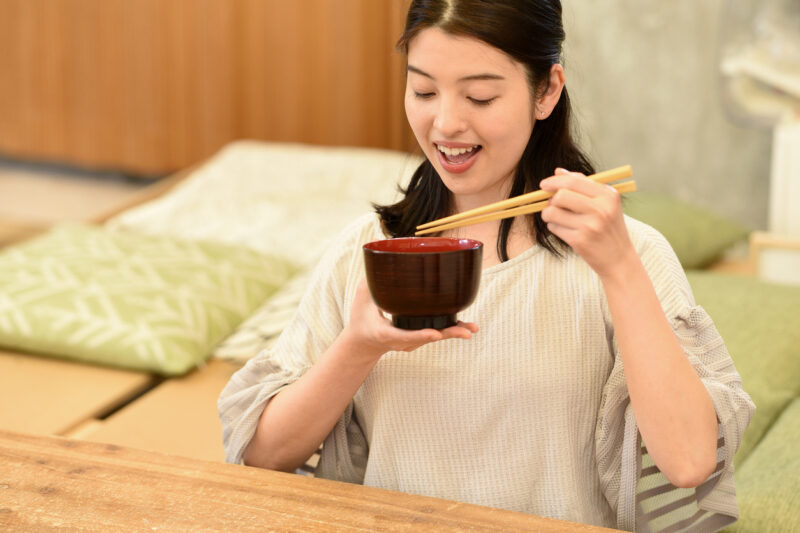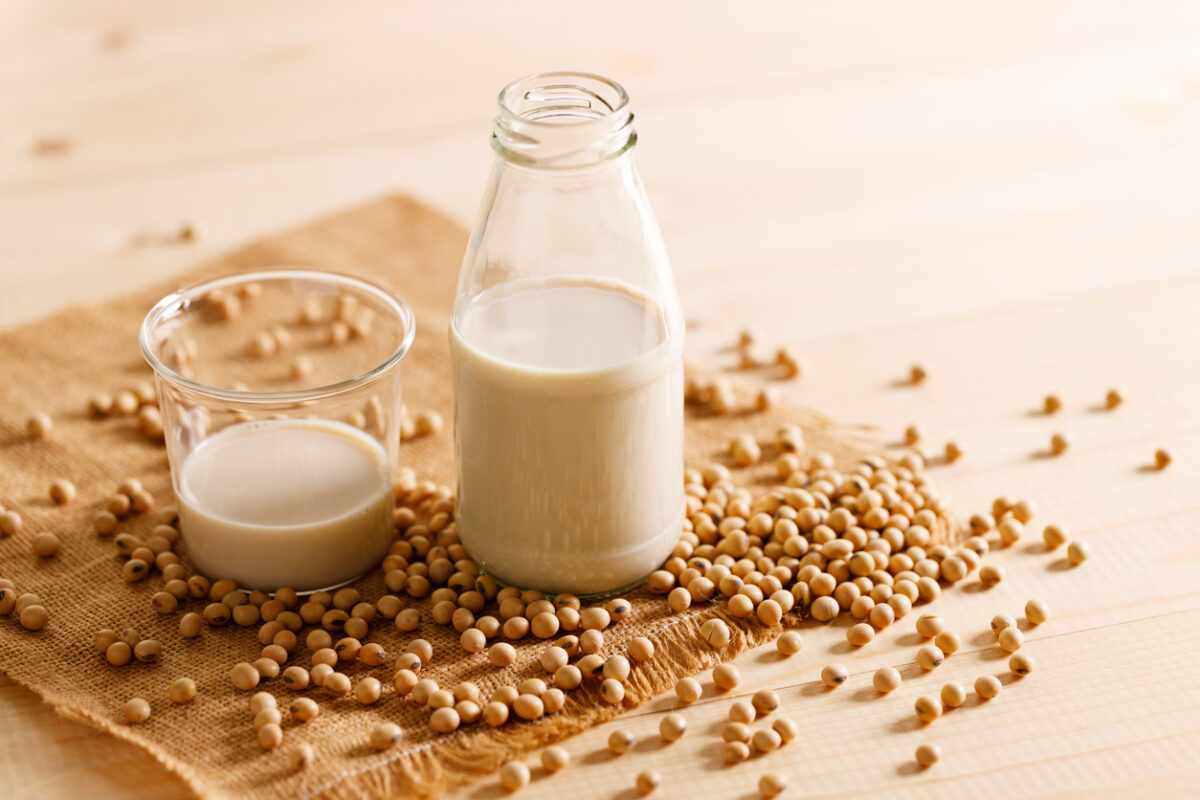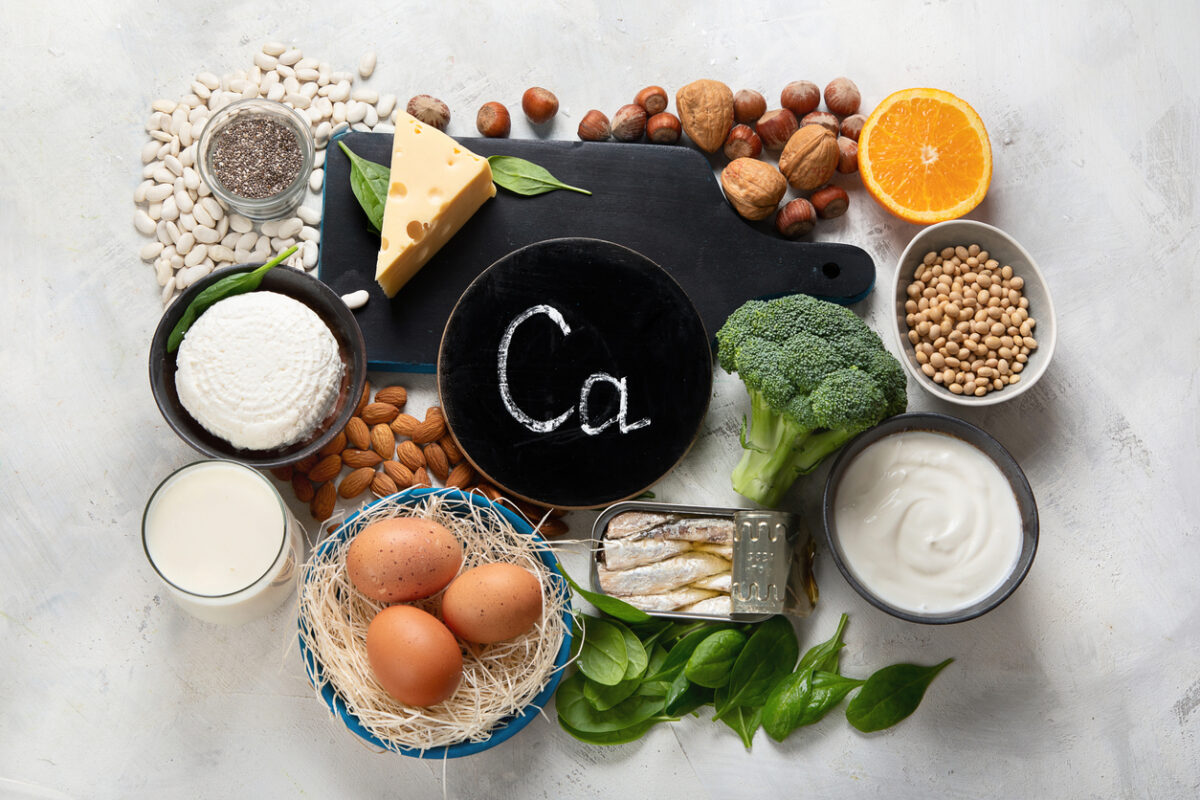Many women notice weight gain after menopause—even if their diet hasn’t changed much. Hormonal shifts, reduced muscle mass, and a slower metabolism all play a role. But that doesn’t mean you have to resort to crash diets. Instead, you can look to traditional Japanese meals—naturally low in calories and rich in nutrients—for a sustainable, satisfying way to maintain a healthy weight after menopause.
Why Weight Gain Happens After Menopause—and How Japanese Meals Can Help
Hormonal Changes Slow Down Metabolism
Estrogen levels drop after menopause, which leads to reduced energy use and fat storage around the abdomen. Muscle mass also tends to decrease, further lowering your resting calorie burn.
Japanese Meals Are Naturally Light and Balanced
Traditional Japanese cuisine emphasizes small portions, plant-based proteins, and seasonal vegetables. These meals deliver nutrients without excess calories. Instead of butter and oil, flavor comes from broth, seaweed, miso, and fermented seasonings. This helps you feel full with less.
Core Principles of Low-Calorie Japanese Cooking
Portion Control and Variety
In Japanese dining, meals often consist of rice, soup, a main dish, and several small vegetable sides. This format naturally promotes portion control and variety, preventing overeating.
Steaming, Grilling, and Simmering
These cooking methods preserve nutrients without adding fat. Dishes like grilled fish, steamed vegetables, and simmered tofu are staples in Japanese homes.
Emphasis on Umami Over Fat
Rather than relying on butter or sugar, Japanese cooking uses umami-rich ingredients like mushrooms, soy sauce, and bonito flakes. This deep savory flavor reduces the need for high-calorie sauces.
For a detailed look into umami and its health benefits, visit Umami Information Center.
Top Japanese Ingredients That Support Weight Management
Konnyaku (Konjac)
Low in calories and high in fiber, konnyaku helps you feel full longer. It’s often used in stews and side dishes.
Tofu and Other Soy Products
Tofu provides protein without saturated fat. It’s easy to prepare and absorbs flavors well. Fermented soy products like miso and natto also promote gut health.
Daikon Radish
Daikon is low in calories but packed with digestive enzymes. It pairs well with grilled fish or can be simmered in broth.
Seaweed
Wakame and kombu are mineral-rich and low in calories. They’re great in soups and salads and support thyroid function thanks to their iodine content.
Green Tea
A traditional drink with no calories, green tea also supports metabolism and contains powerful antioxidants. You can drink it throughout the day instead of sugary beverages.
To explore more on Japanese weight-loss foods, check out Japan Centre’s food guide.
5 Satisfying Low-Calorie Japanese Meal Ideas
Miso Soup with Tofu and Wakame
A bowl of miso soup is warm, filling, and only about 60–80 calories. Add tofu and seaweed for extra protein and minerals.
Grilled Saba (Mackerel) with Daikon Oroshi
Mackerel provides healthy fats and protein. Serve it with grated daikon and a splash of citrus for a light, refreshing meal.
Hijiki Seaweed Salad with Carrots and Soybeans
This dish is high in fiber and minerals. It keeps you full and supports digestion.
Steamed Vegetables with Sesame Dressing
Lightly steamed seasonal vegetables with a small amount of sesame dressing make a satisfying and nutritious side.
Cold Tofu with Ginger and Green Onion
Serve chilled tofu with grated ginger, soy sauce, and chopped green onion. It’s low-calorie, high-protein, and perfect for a quick meal.
Tips to Create a Sustainable Post-Menopause Meal Routine
Don’t Skip Carbs—Choose Wisely
Switch to small portions of rice or try mixed grains like barley and brown rice. These provide fiber and longer-lasting energy.
Plan Meals Around Vegetables
Fill at least half your plate with vegetables. Add tofu, fish, or legumes for protein, and use rice as a modest side rather than the main.
Eat Mindfully
Use smaller bowls and plates. Take time to chew, and avoid distractions while eating. This helps prevent overeating and improves digestion.
Batch Cook Simple Dishes
Prepare staples like miso soup, simmered vegetables, or rice in advance. Keeping healthy options on hand makes it easier to stay on track.
Don’t Worry—You Don’t Need to Change Everything Overnight
Switching to Japanese-style meals every day can feel overwhelming at first. You may not have time to prepare miso soup daily or source ingredients like kombu and hijiki regularly. But you don’t need to go all-in right away to benefit from Japanese nutritional wisdom.
A simple and practical alternative is to supplement your diet with natural ingredients rooted in Japanese health traditions.
Juveriente® Effisoy® is a menopause supplement inspired by the Japanese diet, especially fermented soy. It contains aglycone isoflavones, which are more easily absorbed by the body and help support hormonal balance. Many Japanese women experience fewer menopausal symptoms, and this is believed to be partly due to their regular intake of fermented soy.
If preparing Japanese meals daily isn’t realistic for you, adding Effisoy to your routine is an easy way to benefit from the same nutritional principles—without changing your lifestyle overnight.
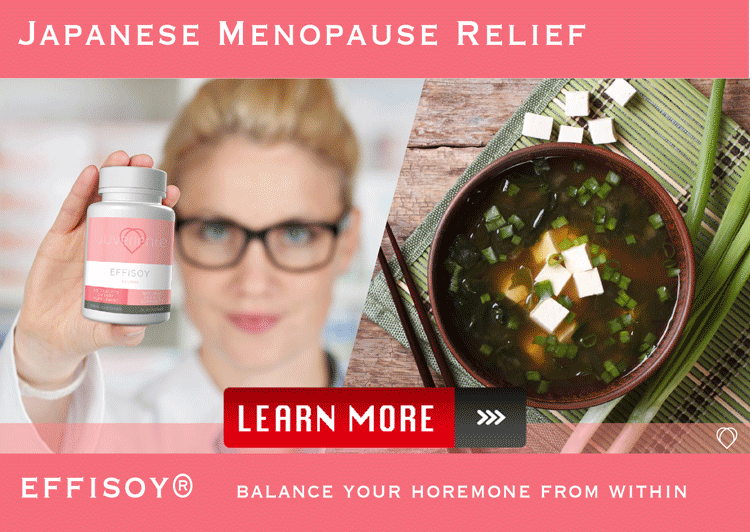 The only supplement to contain fermented soy isoflavone beside Japan.
The only supplement to contain fermented soy isoflavone beside Japan.
Conclusion
Weight control after menopause doesn’t have to mean bland food or strict dieting. By incorporating low-calorie Japanese meals and traditions into your life—at your own pace—you can feel lighter, healthier, and more in tune with your body.








